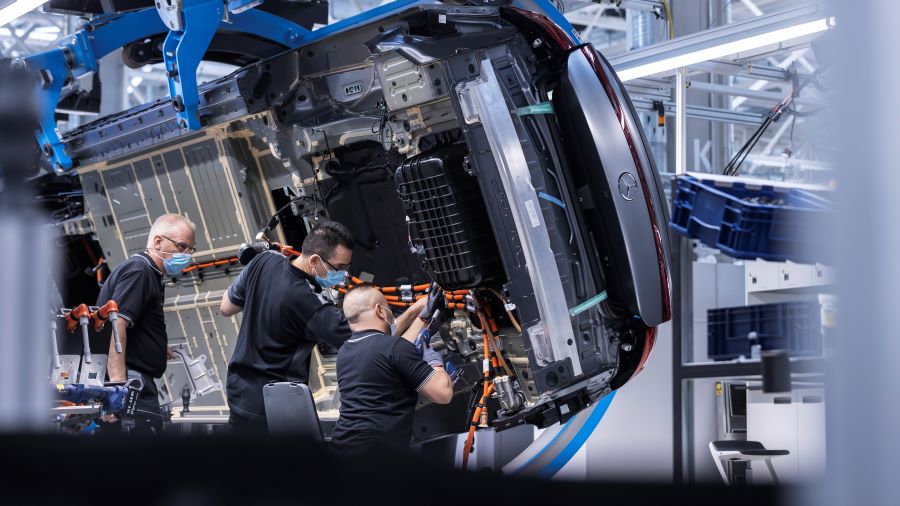MUNICH—During the IAA Mobility show here, Mercedes-Benz displayed its battery-powered VISION AVTR concept vehicle, which features a brain-controlled interface (BCI). After a short calibration process, a BCI device attached to the driver’s head analyzes the measured brain waves and triggers a defined function.
“Mercedes-Benz is setting another milestone in the merging of man and machine with the research and development of brain-computer interface applications in cars,” says Britta Seeger, a member of the board of management at Daimler AG. “BCI technology has the potential to further enhance driving comfort in the future. [It] works completely independently of speech and touch. This opens up revolutionary possibilities for intuitive interaction with the vehicle.”
“A BCI device with wearable electrodes attached to the back of the user's head records brain activity and establishes a direct connection to the vehicle after a one-minute calibration,” adds Markus Schäfer, head of research at Daimler. “The brain reacts to the visual stimuli on the dashboard.
“The BCI device measures the neuronal activity at the cortex in real time,” explains Schäfer. “It analyzes the measured brain waves and recognizes which light points the user directs his focus and full attention. The stronger the focus, the higher the neuronal activity. The device then triggers the targeted function in the vehicle.”



